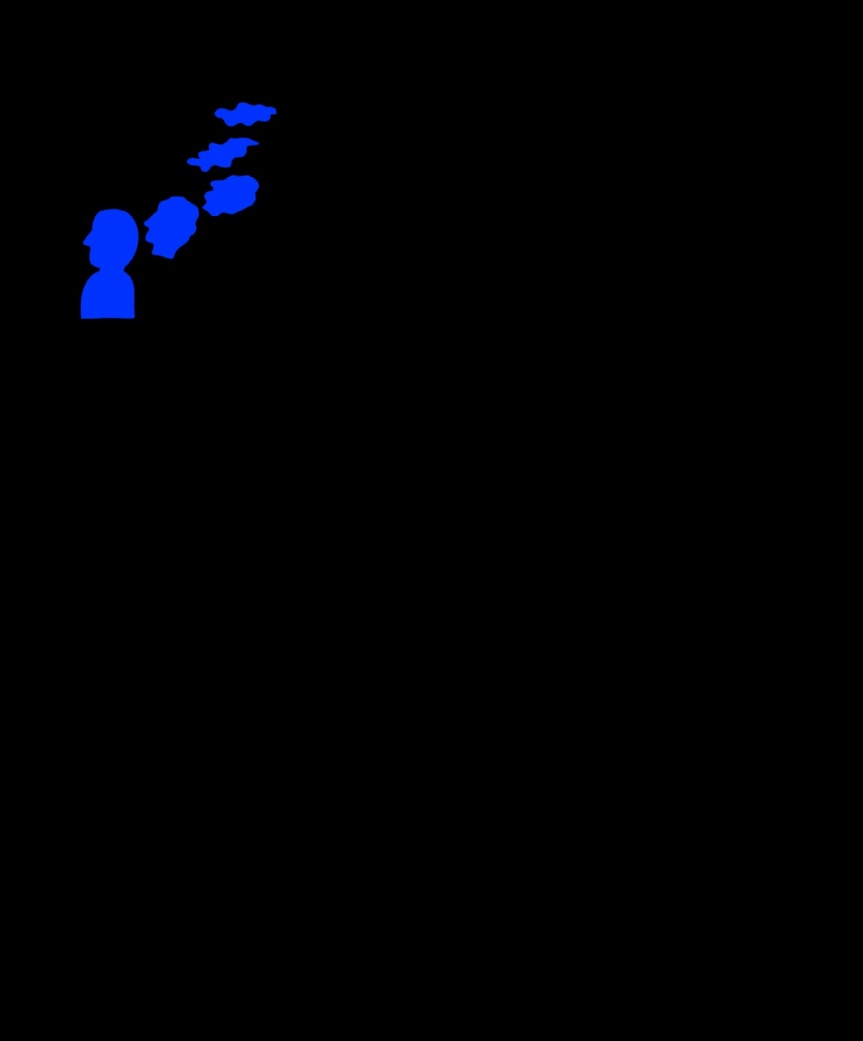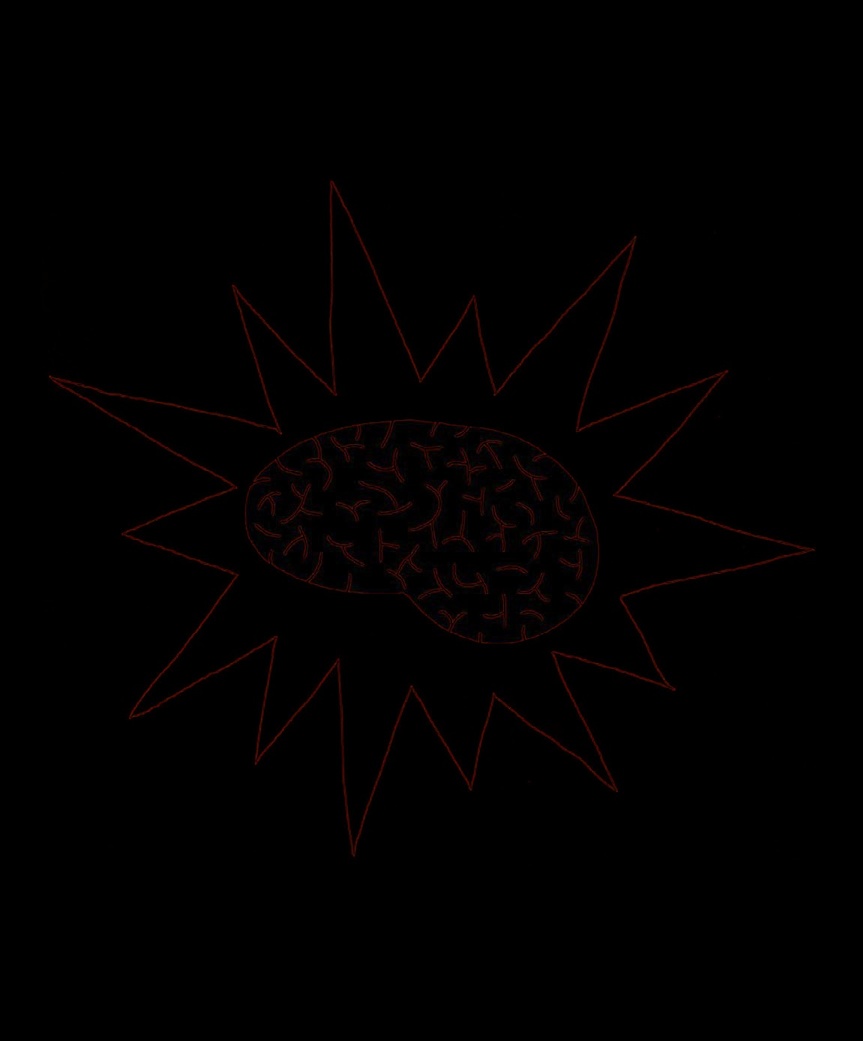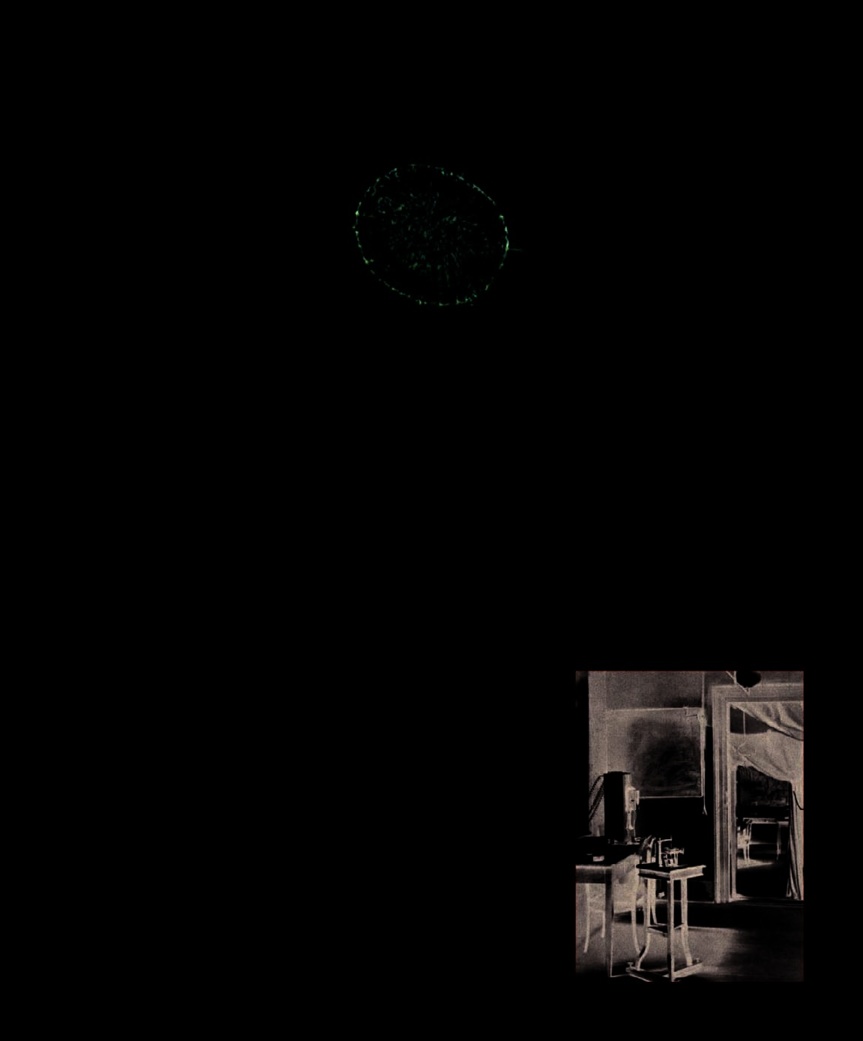The Psychology Book (11 page)
Read The Psychology Book Online
Authors: Unknown

publishes
Studies on Hysteria.

PHILOSOPHICAL ROOTS 31
A PECULIAR
DESTRUCTION OF THE
INTERNAL CONNECTIONS
OF THE PSYCHE
EMIL KRAEPELIN (1856–1926)
IN CONTEXT
APPROACH
G
erman physician Emil second, paranoia, manifests in
Kraepelin believed that
patients as a state of fear and
the origins of most mental
persecution; they report being
illnesses are biological, and he is
“spied upon” or “talked about.” The
Medical psychiatry
often regarded as the founder of
third, hebephrenia, is marked by
modern medical psychiatry. In his
incoherent speech, and often by
BEFORE
Textbook of Psychiatry
, published
inappropriate emotional reactions
C.50 BCE
Roman poet and
in 1883, Kraepelin offered a detailed
and behavior, such as laughing
philosopher Lucretius uses
classification of mental illnesses,
loudly at a sad situation. The fourth
the term “dementia” to mean
including “dementia praecox,”
category, catatonia, is marked by
“being out of one’s mind.”
meaning “early dementia,” to
extremely limited movement and
1874
Wilhelm Wundt,
distinguish it from late-onset
expression, often in the form of
Kraepelin’s tutor, publishes
dementia, such as Alzheimer’s.
either rigidness, such as sitting in
Principles of Physiological
the same position for hours, or
Psychology.
Schizophrenia
excessive activity, such as rocking
In 1893, Kraepelin described
backward and forward repeatedly.
AFTER
dementia praecox, now called
Kraepelin’s classification still
1908
Swiss psychiatrist
schizophrenia, as consisting
forms the basis of schizophrenia
Eugen Bleuler coins the term
“of a series of clinical states
diagnosis. In addition, postmortem
“schizophrenia,” from the
which hold as their common a
investigations have shown that
Greek words
skhizein (
to split)
peculiar destruction of the internal
there are biochemical and structural
and
phren
(the mind).
connections of the psychic
brain abnormalities, as well as
personality.” He observed that the
impairments of brain function, in
1948
The World Health
illness, characterized by confusion
schizophrenia sufferers. Kraepelin’s
Authority (WHO) includes
and antisocial behavior, often starts
belief that a great number of mental
Kraepelin’s classifications
in the late teens or early adulthood.
illnesses are strictly biological in
of mental illnesses in its
Kraepelin later divided it into four
origin exerted a lasting influence
International Classification
subcategories. The first, “simple”
on the field of psychiatry, and many
of Diseases (ICD).
dementia, is marked by slow
mental disorders are still managed
1950s
Chlorpromazine, the
decline and withdrawal. The
with medication today. ■
first antipsychotic drug, is
See also:
Wilhelm Wundt 32–37 ■ R.D. Laing 150–51
used to treat schizophrenia.

THE BEGINNINGS OF THE
MENTAL LIFE DATE FROM THE
BEGINNINGS
OF
WILHELM WUNDT (1832–1920)
LIFE


34 WILHELM WUNDT
IN CONTEXT
So all psychology
Consciousness is
APPROACH
must begin with
“inner experience
.
”
Experimental psychology
self-observation
…
BEFORE
5th century
Ancient Greek
philosophers Aristotle and
Plato claim that animals have
a low level, distinctly
…
recorded through
nonhuman consciousness.
Every living being
has
experimentation
this inner experience.
designed to expose
1630s
René Descartes says
involuntary reactions.
that animals are automata
without feeling.
1859
British biologist Charles
Darwin links humans to
animal ancestors.
Every living being must
This yields
AFTER
always have had
quantitative data
1949
Konrad Lorenz changes
this inner experience.
about consciousness.
the way people see animals by
showing their similarities to
humans in
King Solomon’s Ring
.
2001
American zoologist
Donald Griffin argues in
Animal Minds
that animals
The beginnings
Psychology is
have a sense of the future,
of the mental life
the
scientific study
complex memory, and perhaps
date from the
of the mental life.
consciousness itself.
beginnings of life.
T
he idea that nonhuman The similarity of humans to animals on animals might be revealing.
animals have minds and
was a critical issue for philosophers,
This was the position held by the
are capable of some form of
but even more so for psychologists.
German physician, philosopher,
thought dates back to the ancient
In the 15th century, the French
and psychologist Wilhelm Wundt,
Greek philosophers. Aristotle
philosopher René Descartes claimed
who described a continuum of life
believed that there are three kinds
that animals are no more than
from even the smallest animals to
of mind: plant, animal, and human.
reflex-driven, complex machines.
ourselves. In his book
Principles of
The plant mind is concerned only
If Descartes was correct, observing
Physiological Psychology
, he claimed
with nutrition and growth. The
animals could tell us nothing about
that consciousness is a universal
animal mind has these functions,
our own behavior. However, when
possession of all living organisms,
but can also experience sensations,
Charles Darwin asserted some 200
and has been since the evolutionary
such as pain, pleasure, and desire,
years later that humans are linked
process began.
as well as initiating motion. The
to other animals genetically, and
To Wundt, the very definition of
human mind can do all this and
that consciousness operates from
life includes having some kind of
reason; Aristotle claims that only
the creatures at the very lowest end
mind. He declared: “From the
humans have self-awareness and
of the evolutionary scale to ourselves,
standpoint of observation, then, we
are capable of higher-level cognition.
it became clear that experiments
must regard it as a highly probable

PHILOSOPHICAL ROOTS 35
See also:
René Descartes 20–21 ■ William James 38–45 ■ Edward Thorndike 62–65 ■ John B. Watson 66–71 ■
B.F. Skinner 78–85
physical bodies—for example,
in stimulus and response
experiments. If a nerve fiber in
a dead frog is given a small electric
shock, the connecting muscles
twitch, causing the legs to move.
The beginnings of a
The fact that this happens even in
differentiation of mental
a dead animal illustrates that such
function can be found
movements can occur without any
even in the protozoa.
consciousness. In living creatures,
Wilhelm Wundt
such actions are the basis of the
automatic behavior that we call
Even single-celled organisms
have
“reflexes,” such as immediately
some form of consciousness, according
moving your hand when you touch
to Wundt. He suggested the amoeba’s
ability to devour food items indicates
something hot.
a continuity of mental processes.
Wundt’s second type of
observation, termed “introspection”
hypothesis that the beginnings
of which were modeled on his
or “self-observation,” is internal
of the mental life date from as far
original laboratory and were led by
observation. This involves noticing